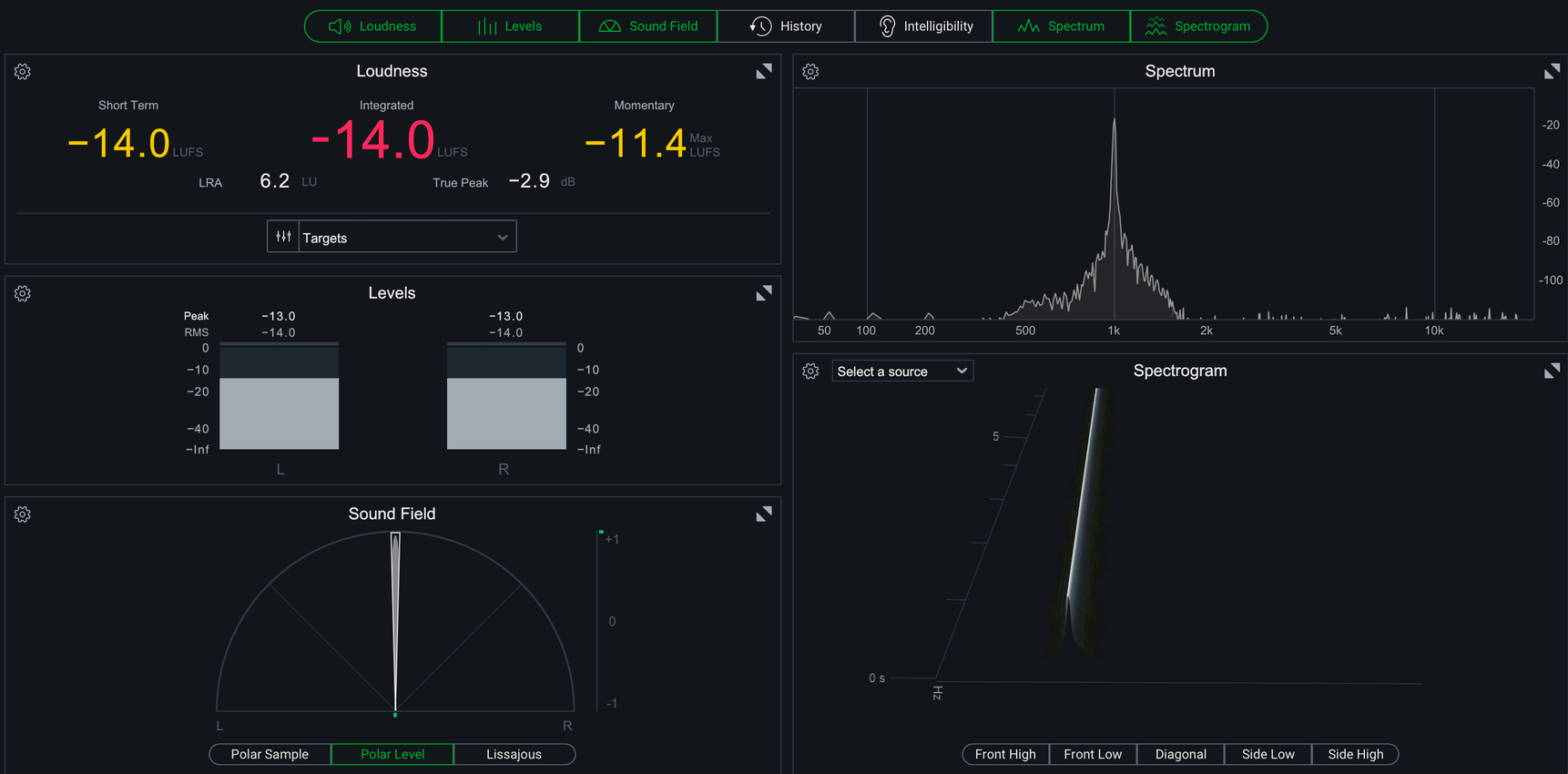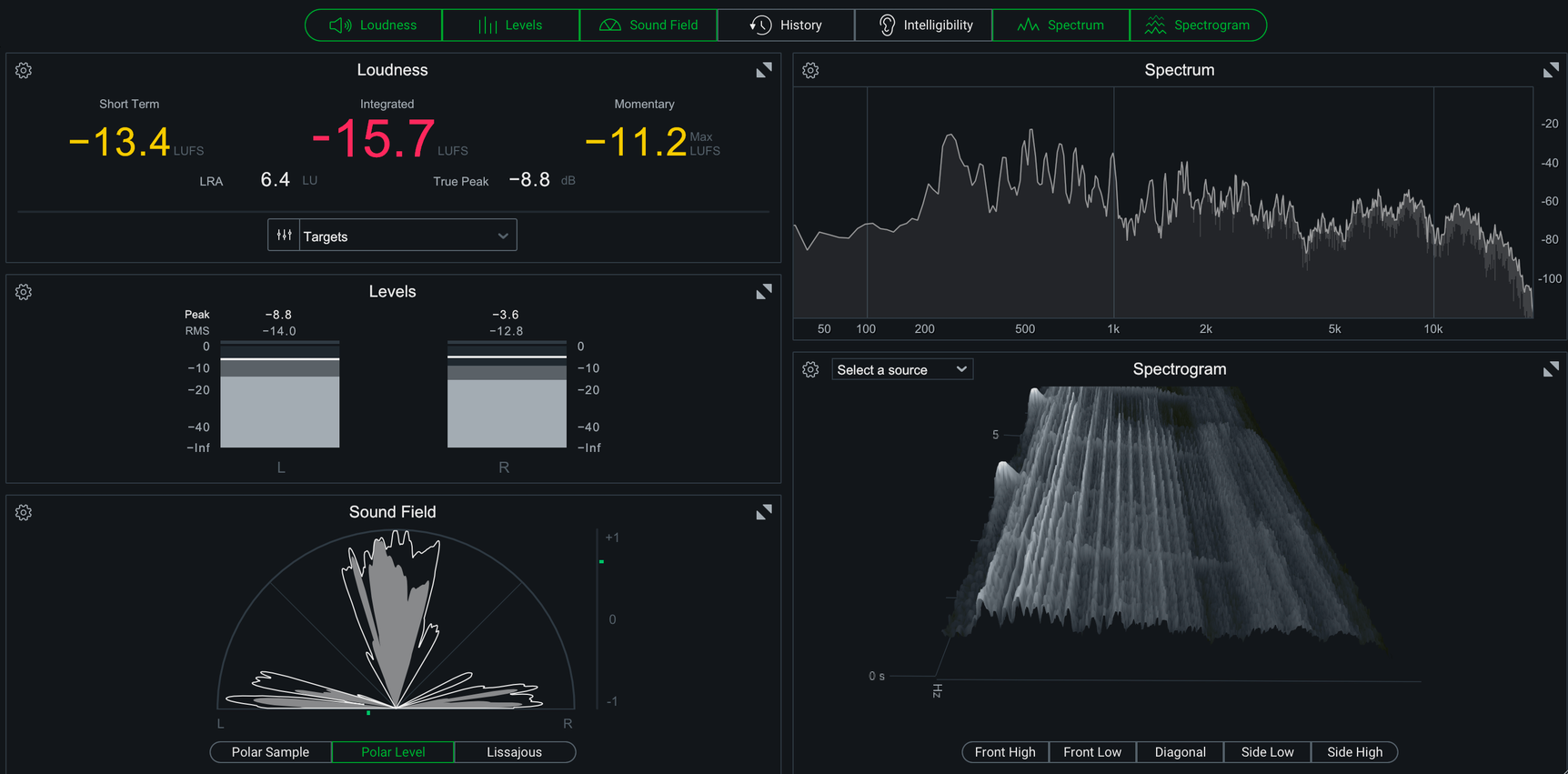Hello audiophiles, I may be driving myself crazy but it seems to me that the sound through Chrome is better than through VIvaldi
-
really. better channel separation
and the bass is not so washed out...
don't think I'm sober...Creative G6 + oneodio 80
-
@dnajdnjakddcklcxjzlfoimxcamoca What sources are you listening to? (YouTube, Spotify web, etc.) and are they set to the same settings?
-
@dnajdnjakddcklcxjzlfoimxcamoca Also, out of curiosity, what headphones are you listening to?
-
@alexzhu said in Hello audiophiles, I may be driving myself crazy but it seems to me that the sound through Chrome is better than through VIvaldi:
@dnajdnjakddcklcxjzlfoimxcamoca Also, out of curiosity, what headphones are you listening to?
Oneodio Monitor 80
-
@dnajdnjakddcklcxjzlfoimxcamoca
 Please try the troubleshooting steps, including testing in a clean profile and disabling adblocking/extensions:
Please try the troubleshooting steps, including testing in a clean profile and disabling adblocking/extensions:
https://help.vivaldi.com/desktop/troubleshoot/troubleshooting-issues/I would check Windows audio output enhancement and filters/Ehancements for Creative sound card.
-
@DoctorG Right, not sure why I thought that was a DAC/amp initially.
-
This has me intrigued. I can't think of anything that might explain this assuming your observations are correct. But I do have a few tips to share that are related to sound quality.
I use Enhanced-h264 ify extension to make youtube serve the AAC (mp4a) codec, as it sounds better to my ears than the Opus codec, and to disable Loudness normalization to send the not normalized audio stream. That makes it sound better.
I use youtube to listen to music from a playlist that I keep. I am currently using Foobar with Youtube Source extension to keep a youtube playlist with Foobar using the Creative ASIO driver of my Auzentech X-Fi Forte sound card.
-
@EricJH said in Hello audiophiles, I may be driving myself crazy but it seems to me that the sound through Chrome is better than through VIvaldi:
This has me intrigued. I can't think of anything that might explain this assuming your observations are correct.
The most likely explanation is very simple, unless of course the perceived difference can be proven in a blind A/B test.
McGurk effect:
https://youtu.be/2k8fHR9jKVM
https://youtu.be/LbcEgxm6RTU -
Topic starter gets the benefit of the doubt. May be he comes back after having listened several times more and still stands by his observation then I might be tempted to take a listen myself. Simply because sound quality is something that I am interested in.
-
As a hobby/side-job sounddesign/music guy I got curious by this thread and measured it. I can't find any differences between Chrome and Vivaldi at all. So I think those who assume it must be an extension or something driver related in your case makes sense - I don't think it's the browser itself. (Makes sense, both are chromium based).
Here is my result (don't be confused if LUFS values slightly differ, especially with the song-test, it's mostly because of the screenshot time, in the moved measurement or "overall average" there was no difference. And in this case the frequency spectrum and stereo-width was the most interesting part anyway.
Pink Noise Test via YouTube:
Chrome:

Vivaldi:

Sine Wave Test via YouTube:
Chrome:

Vivaldi:

Test Song via SoundCloud (same playtime, same moment of screenshot +/- some milliseconds):
(Again: don't be confused with the LUFS difference in the moment of the screenshot, the Spectrogram is the interesting part here, if you looked at the running measurement you could see that all the other values wiggled around the same values)
Chrome:

Vivaldi:

Can't find any differences in audio rendering between both browsers.
Hope that it helps you, if you can at least rule out the "naked browser" as potential cause.
